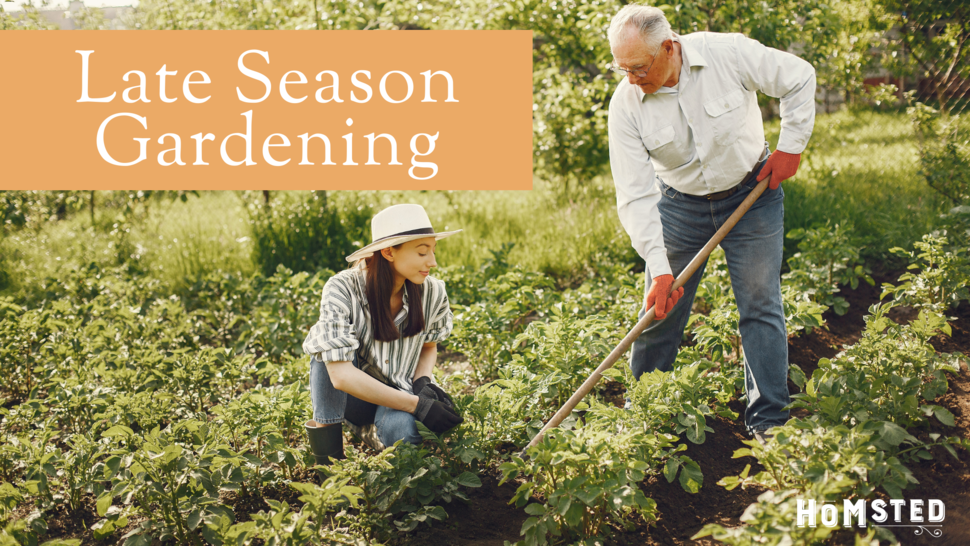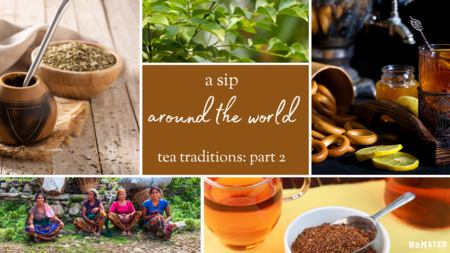Late Season Gardening

Many people get a great start planting seeds in the spring but tend to loose momentum throughout the summer and into fall. There are many opportunities to plant seeds later than you might think. We have put together a cheat sheet to help guide you on when to add to your garden.
First, let’s discuss the distinction between cold and warm season crops:
Cold Season Vegetables are vegetables that will survive an unexpected or early snow, frost or cooler weather. If you live in a cooler climate and are new to gardening than growing cold season vegetables is a great way to start. Examples include: arugula, asparagus, fava bean, beet, broccoli, brussel sprouts, cabbage, carrot, cauliflower, kale, leek, lettuce, onion, parsnip, pea, radish, spinach, swiss chard and turnip. Some are plants are very tolerable to the frost and snow while others such as broccoli, cabbage and cauliflower need some cover protection when young.
Warm Season Vegetables are plants that are native to warmer climates and do not tolerate long-term cold weather. They require protection from cooler weather and much more attention. However, you can get some varieties of these plants that are acclimated to colder climates which can help. Some vegetables include corn, cucumber, green bean, pepper, squash, tomatoes.
Where do I plant things later in the season?
Tuck the seeds in any open real estate in your garden or landscaping. You can also put seeds in areas where crops were growing prior, but be sure to add in some nutrients in the soil before seeding.
When should I plant?
Since we live and grow in Colorado we based out chart for growing zones 5 and 6. We also based our chart off of a mid October freeze date.
|
Plant |
Days to Emerge |
Days to Maturity |
Last time to plant before first freeze |
Season |
|
7-14 days |
30-45 days |
Mid-Aug |
Cold Season |
|
|
BASIL, HOLY (Tulsi) - Ocimum tenuiflorum |
5-10 days |
60-85 days Annual |
Mid-July |
Warm Season |
|
BASIL, ITALIAN MT. - Ocimum basilicum* |
5-10 days |
60-85 days Annual |
Mid-July |
Warm Season |
|
5-10 days |
60-85 days Annual |
Mid-July |
Warm Season |
|
|
BEANS, BUSH - Bluelake |
8-10 days |
55-65 days 70-75 shell 80-100 dry |
Mid - Late July |
Warm Season |
|
5-21 days |
60-65 or sooner for leaves |
Mid-July |
Cold season |
|
|
7-14 days |
45-75 variety differences |
July |
Cold season |
|
|
5-10 days |
80-110 days |
Early-July |
Cold season |
|
|
7-12 days |
60-80 days |
Mid-July |
Cold season |
|
|
10-25 days |
65-75 days |
Direct seed every 3 weeks until Mid August |
Cold season |
|
|
CAULIFLOWER |
8-10 days |
50-80 days variety differences |
Mid-July |
Cold season |
|
CELERY |
14-25 days |
80 days |
Spring Plant |
Cold season |
|
10-15 days |
Perennial |
Spring-Summer, Early Fall |
Cold season |
|
|
CILANTRO - Coriandrum sativum* |
10-20 days |
50-55 days |
Mid-July, likes cool weather |
Cold season |
|
CORN - Sugar Buns Hybrid (F1) |
5-10 days |
68-80 days |
Spring Plant |
Warm Season |
|
5-10 days |
85-120 |
Spring Plant |
Warm Season |
|
|
5-10 days |
48-65 days, depends on variety |
Mid-July |
Warm Season |
|
|
FENNEL (herb) - Foeniculum vulgare |
14-21 days |
90 days for bulbs, less for foliage |
Mid-July |
Cold season |
|
GARLIC (herb) - Allium sativum |
10 days for warm fall |
9 months for fall planted |
From Mid-Sept to Mid-Oct |
Cold season |
|
5-10 days |
50-55 days |
Early August |
Cold season |
|
|
LEEK |
7-14 days |
40 days for baby leeks, 84-100 for full size |
Mid-August. Can harvest after a couple of frosts |
Cold season |
|
LETTUCE - Mesclun Mix |
5-10 days |
50-70 days |
Every three weeks until early fall |
Cold season |
|
5-10 days |
65 days |
Every three weeks until early fall |
Cold season |
|
|
MELON |
5-10 days |
60-85 days |
Spring Plant |
Warm Season |
|
MUSTARD GREENS - Brassica juncea |
7-10 days |
50 days 21 for baby leaves |
July-early September |
Cold season |
|
ONION, PEARL - Chrystal Wax |
7-15 days |
70-150 days per onion day length |
Spring Plant for seeds |
Cold season |
|
14-28 days |
60-75 days |
Mid-July, Soak seeds prior to seeding |
Cold season |
|
|
PARSNIPS - Pastinaca sativa |
10-25 days |
85-120 days |
Harvest in fall after frosts |
Cold season |
|
5-10 days |
50-65 days |
Mid-July, soak seeds prior to sowing |
Cold season |
|
|
PEAS, SNAP - Super Sugarsnap |
5-10 days |
50-65 days |
Mid-July, soak seeds prior to sowing |
Cold season |
|
10-21 days |
70-90 days |
Spring Plant |
Warm Season |
|
|
10-15 days |
65-85 days |
July for early maturing |
Warm Season |
|
|
5-10 days |
95 |
Spring Plant |
Warm Season |
|
|
RADISH - Raphanus sativus |
5-10 days |
20-30 days |
Late summer until first fall frost |
Cold season |
|
SHALLOTS - Allium cepa var. aggregatum |
10-15 days |
100 days |
Zone 5 or warmer fall or spring plant, Zone 4 or colder spring plant |
Cold season |
|
6-10 days |
30-45 days |
Cold hardy types can overwinter |
Cold season |
|
|
5-10 days |
45-65 many varieties |
Mid-July |
Warm Season |
|
|
5-10 days |
85-110 days |
Spring Plant Harvest before first fall frost |
Warm Season |
|
|
5-10 days |
85-110 days |
Spring Plant Harvest before first fall frost |
Warm Season |
|
|
WINTER SQUASH - Spaghetti |
5-10 days |
85-110 days |
Spring Plant Harvest before first fall frost |
Warm Season |
|
5-10 days |
45-65 many varieties |
Mid-July |
Warm Season |
|
|
SWISS CHARD - Beta vulgaris |
5-10 days |
25 days – baby leaves 50 days – bunch |
Spring-Summer-Early Fall |
Cold season |
|
5-10 days |
60-110 depending on variety |
Spring Plant |
Warm Season |





Comments
Thank you!